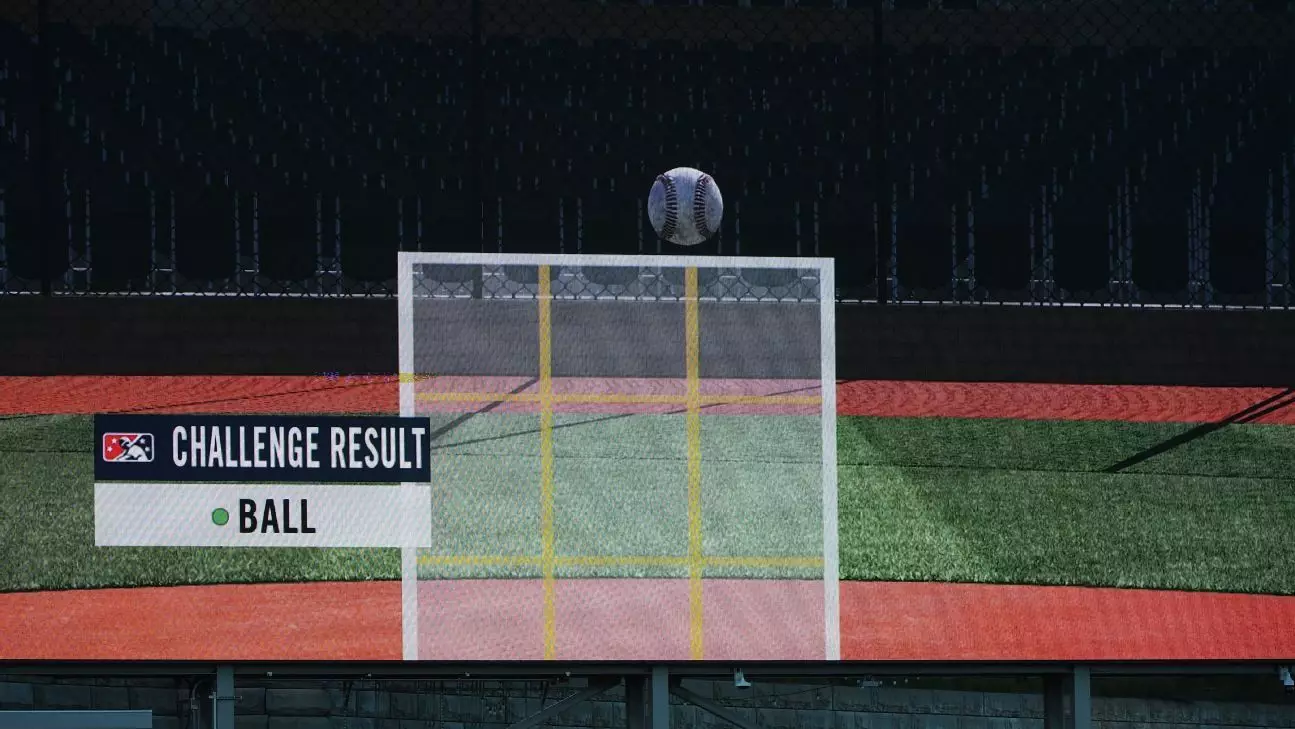The world of Major League Baseball (MLB) is on the cusp of a significant transformation with the introduction of the Automated Ball-Strike (ABS) challenge system. Designed to enhance the game and bridge the gap between human judgment and technological precision, this system is being put to the test during spring training. With 13 stadiums hosting the challenge across both Cactus and Grapefruit Leagues, the league is closely monitoring the implementation of this system. However, the full integration into the regular season is not anticipated until after 2026.
Understanding the Mechanics of the ABS Challenge System
During the upcoming spring training season, teams will have the opportunity to make use of a novel challenge format. Each team is allotted two challenges per game, which they can retain if they are successful. This innovative approach ensures that critical pitch calls can be scrutinized without overhauling the integral structure of the game. Challenges can be initiated solely by the batter, catcher, or pitcher, who must act quickly to communicate a challenge by tapping their hat or helmet immediately after an umpire’s ruling. This rapid response is vital to maintaining the pace of play and the flow of the game.
Once the challenge is made, the outcome will be visually communicated to both fans in the stadium as well as viewers at home, adding a layer of engagement and transparency to the decision-making process. This approach aligns with modern sports viewing experiences, where instant replay and real-time feedback have become standard expectations.
Spring Training Pilot Programs and Team Participation
The challenge system will be implemented in several key dual-team stadiums across Arizona and Florida. Notable matchups such as the Seattle Mariners battling the San Diego Padres and the New York Yankees versus the Detroit Tigers will feature this system in action. By gathering real-time data from these games, MLB hopes to fine-tune the ABS challenge process before considering it for regular-season play, with extensive evaluations over the next couple of years.
Interestingly, the league’s decision to push for ABS has been informed by extensive trials at the minor league level, where players and coaches expressed a preference for a challenge system over complete automation. This feedback suggests that while technology can enhance the game, retaining the human element is critical for maintaining its essence.
One of the most compelling aspects of the ABS challenge system is the balance it creates between technological advancement and the traditional aspects of baseball. While automation may streamline decisions regarding ball and strike calls, it can also strip away the nuanced strategies that players rely on, such as pitch framing by catchers. The league acknowledges that the challenge takes an average of 17 seconds, which means that while play is briefly interrupted, the overall pace remains relatively intact.
The successful overturn rate in prior minor league studies indicates a fascinating trend—approximately 50% of challenges led to modifications in calls. This statistic underscores the potential effectiveness of the system, providing a sense of security for players who may feel that calls against them were erroneous.
Looking ahead, the anticipated trial period throughout spring training will serve as a pivotal moment for MLB as it weighs the merits of integrating the ABS challenge system into future regular seasons. Players, coaches, and umpires will provide valuable insights during this period, influencing the league’s competition committee’s final decision. Following a thorough evaluation of the data and player experiences, the league aims to emphasize the challenges faced in baseball and find an optimal balance that promotes fair play without compromising the sport’s heritage.
As Major League Baseball embarks on this journey to integrate the Automated Ball-Strike challenge system, it is navigating a compelling intersection of technology and tradition. Should the ABS system prove successful, it has the potential not only to reshape how the game is played but also to enhance fan engagement and provide a fairer platform for players, creating a more dynamic and exciting atmosphere in America’s pastime.

